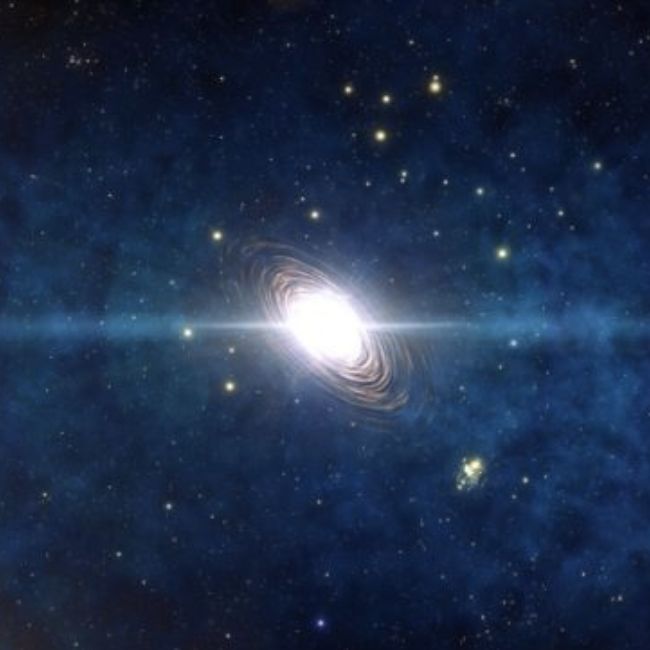
Evidence of the Universe’s First Stars!
Recommended for Preparatory Grades
Hey, eager intellect! Let us tell you about some amazing stars and their exciting adventures in the universe!
Stellar Odyssey
- Once upon a time, when the universe was still very young, it was just 100 million years old! That’s really, really young! And guess what? That’s when the first stars, called Population III stars, began to twinkle into existence. They were so special and unique because they were made of the simplest gases like hydrogen, helium, and a little bit of lithium.
- As these first stars grew and shined, the universe got a little older, about 700 million years old. It’s possible that these early stars had incredible lives and went supernova when they grew old. Wow, can you imagine how bright and dazzling that would be?
- Now, let’s talk about some smart scientists who teamed up from the US, Japan, and Australia to study these stars. They found a “distinct mix of heavy elements” while looking at the stars. These heavy elements might have come from an exploding star, just like fireworks in the sky!
- You know, these first stars were giants, much bigger and hotter than our sun. They were like superstars of the universe! And guess what? Their explosions helped create the heavier elements that we find in stars today. That’s why some stars we see are younger, with more heavy elements (Population I), and some are older, with fewer heavy elements (Population II).
- Isn’t it fascinating how these stars have changed the universe over time? They’ve been around for such a long, long time, and they’ve seen so much!
- So, my dear little friend, this amazing discovery is like a treasure chest full of secrets about the universe’s history. It tells us about how things have evolved and transformed throughout the years.
- We hope you had fun learning about these stars and their incredible journey. Stars are not just bright dots in the sky; they have magical stories to tell! Keep exploring and asking questions about the universe, and who knows, maybe one day you’ll become a star scientist yourself!
- Remember, even though stars are far away, they can still make us feel emotions in our hearts. So, be kind and sensitive, just like the stars twinkle in the night sky and make it all the more beautiful!
Similar Stories
Watch a video
Unlock the secrets of stars with this mind-blowing video from SciShow!
Curious Times is a leading newspaper and website for kids. We publish daily global news aligned to your learning levels (also as per NEP 2020): Foundational, Preparatory (Primary), Middle and Senior. So, check out the News tab for this. We bring kids’ favourite Curious Times Weekly newspaper every weekend with top news, feature stories and kids’ contributions. Check out daily JokesPoke, Tongue Twisters, Word of the Day and Quote of the Day, kids need it all the time.
ME – My Expressions at Curious Times is your place to get your work published, building your quality digital footprint. And it is a good way to share your talent and skills with your friends, family, school, teachers and the world. Thus, as you will step into higher educational institutes your published content will showcase your strength.
Events, Quizzes and Competitions bring students from over 5,000 schools globally to participate in the 21st-Century themes. Here schools and students win certificates, prizes and recognition through these global events.
In addition, Internships programs are open for students who want to contribute and learn as designers, bloggers, vloggers, news reporters, event coordinators, growth leaders. Many students have benefitted from our programs.
So, do not wait any further, sign-up for your school for FREE.
The following social media platforms allow you to communicate with us: WhatsApp, Instagram, Facebook, Youtube, Twitter, and LinkedIn.
0 (Please login to give a Curious Clap to your friend.)
